Better Blogging: 14 Insights to Boost Your Marketing Strategy From Real Readers


If you're struggling to make your blog stand out in a sea of 600 million others, you're not alone. This guide shares 14 data-backed insights to help you create blog content that ranks, engages, and actually supports your marketing goals.
You might think that blogs are no longer relevant in the digital products era. But it's not true. According to HubSpot, about 60% of people read a blog at least weekly. Blogging remains one of the efficient ways for marketers to engage with their target audience and achieve business growth. Overall, marketers who make blogging a priority have a 13x more ROI.
We at TodayMade saw many examples of how blogs with great visuals helped boost the reach for business, position a company as a respected voice in the industry, and attract new customers. However, with over 600 million blogs on the Internet, creating a successful blog and standing out from the crowd is as difficult as ever.
So, how to improve your blog? To help you out on your blogging journey, we've collected some statistics and prepared blogging best practices and insights tailored to real user behavior — plus actionable tips for writing a great blog. Sounds promising? Dive in and learn more then!
As of now, Google holds 92% of the global search engine market share. Created to benefit people, Google Search is still an automated algorithm-based search tool that requires implementing SEO (Search Engine Optimization) strategies to increase blog traffic. The HubSpot surveyed web analysts who track site growth to identify the top strategies for ranking highly on Google.
What do they recommend to drive traffic to your personal blog? Web analysts mention conducting keyword research and then optimizing content for target keywords and search intent. They emphasize that optimizing images for SEO and leveraging visual content to increase dwell time are also effective tactics.

McKinsey represents modern marketing tasks in the form of a circle divided into two main parts that foster the transformation of the CMOs’ work:

Using the right keywords in blog posts can help you write new content that reaches your users and significantly increases a blog post's traffic on the search engine results page (SERP). 40% of blog writers who conduct keyword research have excellent results. Usual keyword research includes identifying and evaluating such critical parameters as the monthly keyword search volume (the average number of times a keyword is searched for) and keyword difficulty rating (which indicates how difficult it will be to rank highly for the term in Google's unpaid search results). To get this necessary data, content marketers use SEO and keyword tools.
Today's most popular keyword research tools are SEMRush, Ahrefs, and Google Search Console.

About 72% of marketers today use AI for different content tasks, from finding new topic ideas to creating drafts.

But this blog content strategy also helps them get good SERP results. The Hubspot statistics revealed that blog posts created using AI perform and rank better. What’s more, Google Search doesn’t rank AI-generated content lower. Its algorithm is based on high-quality and helpful content, no matter how it is produced.

However, we wouldn’t recommend relying too much on it. Yes, AI can help generate grammatically correct text and increase business productivity. But it can’t give a personal touch and unique perspective that human bloggers can offer. So use ChatGPT as an add-on to write blogs, but spend some time editing your text to ensure it sounds like a human, not a robot.
Organizing blogs into sections and categories simplifies navigation and lets website visitors find the necessary information. Plus, it adds hierarchy to your pages, improves your SEO, and helps establish a personal brand. While talking about readers, 36% of them prefer blog headlines in a listicle form, like a table of contents. So, divide it into sections, organize posts and subtopics under several main topics, and give them proper headline tags.
For example, let’s look at Eleken’s blog, which we worked on. All blog topics are organized into 4 categories: design process, SaaS business, product design, and design team. To help readers find information they want more easily, we added two search options: they can choose whether to read the latest articles by clicking All topics or opt for the most popular ones.

There are many different ways you can organize blog sites, but readers like helpful and engaging content. For example, 77% of readers prefer how-to articles. Other popular blog formats are news and trends, guides, opinion articles, interviews, research, and so on.

Also, readers are fond of compelling content that brings value and helps them through tools like quizzes, e-books, infographics, checklists, calculators, and the like.
For example, for Eleken, we created the design for a collection of practical e-books about essential topics like effective collaboration with designers or the nuances of UX research. While working on their design, we focused on embodying a modern, visually engaging style that complements their rich content.

To bring more traffic to blogs, it’s a proven practice to share blog posts across different channels. 90% of bloggers promote their blogs via social media, while 89% of marketers use Facebook to promote their business

According to the Content Marketing Institute, 84% of B2B marketers consider LinkedIn as the platform that brings the best value.

Using social media networks allows both newbie bloggers and professional ones to generate 100 social media shares on average every month. Let's look at the Eleken e-books again. We made these resources freely available for everyone to gain valuable insights into the world of design and product development. As a result, these e-books were shared on LinkedIn and had over 2K views, demonstrating how to create an ebook that performs well.

Medium has also found its niche as a go-to blogging platform and social network. The platform has around 100 million monthly readers and over 63 million registered users. The impressive statistic of generating over $16K per story in earnings fuels many bloggers to invest their time and energy in creating stories on Medium.
Another popular digital marketing channel is email campaigns. According to Statista, email marketing revenue was over $10 billion in 2023. To increase blog traffic, over 62% of marketers send emails. 67% of them admitted that their email open rates increased compared to previous years.

Another effective way to increase web traffic and capture the attention of your audience is to update your blog regularly. The statistics showed that publishing 16 or more blogs monthly helps generate 4.5 times more leads. Updating old posts is also popular among 70% of bloggers.
To get started, you can make a plan and set a schedule to publish new blog posts once a week, bi-weekly, or monthly. To inform your readers about new posts, use newsletters. More than 80% of marketers used email newsletters as part of their marketing strategies in 2022. To achieve the best results, they sent newsletters frequently and delivered on specific days of the week, pairing consistency with storytelling for business.
As an example, Medium sends newsletters with article digest every day.

We can confidently say that better blogging equals having cool illustrations and quality content . People are highly visual creatures and process visual impressions 60K times faster than text. The right visual communication evokes emotions, curiosity, interest, and the desire to buy. Marketers admit that content with images gets 94% more views.
Many tech companies opt for integrating infographics to both increase engagement and simplify complex technical concepts. 56% of respondent companies use infographics for all promotional purposes, admitting that they are best for attracting the reader’s attention.
But like with any marketing effort, you should make sure your visuals align with your brand identity and are consistent across all channels. For example, for SEOCrawl, a set of tools for SEO professionals, companies, and marketing agencies, we designed not only their website but all the marketing materials, including email templates and even YouTube thumbnails. All the company marketing designs perfectly complemented their brand vision. Visuals were created with the intention of conveying information, updates, and insights to their audience in a visually appealing and engaging manner.
With our help, SEOCrawl managed to extend its reach through thoughtful design, inviting new users to explore their SEO platform.

If you’re only promoting your blog on LinkedIn or X (formerly Twitter), you’re missing out on some of the most engaged, conversion-ready audiences out there. Niche communities — like Reddit, Hacker News, Indie Hackers, and specialized Slack or Discord groups — are gold mines for both content inspiration and distribution.
These platforms are where your potential users hang out to solve problems, vent frustrations, and ask for recommendations. In other words, it’s where your content needs to be.
As of January 2025, Reddit has an estimated 1.1 billion monthly unique visitors, up from 864.6 million in January 2024. That explosive growth makes Reddit and other channels a powerful source for content discovery and validation.
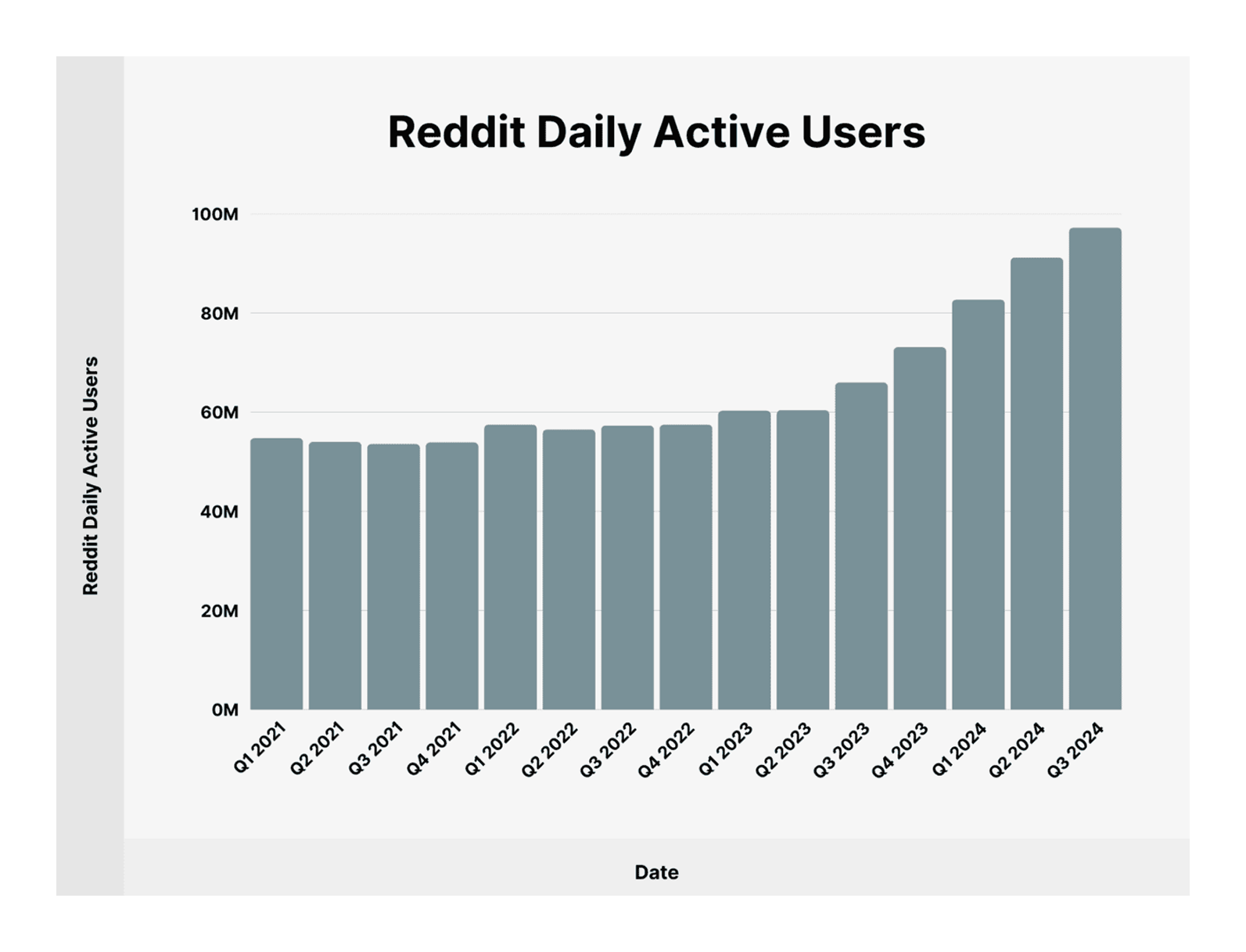
So how do you do it right?
First, immerse yourself before promoting. Each community has its own culture, tone, and rules. Simply dropping links can get you banned or ignored. Instead, look for threads where people are asking questions your blog already answers, and respond with value — then, and only then, share your article as a helpful resource.
Second, use these communities to validate blog ideas before you write them. Are people constantly debating which onboarding tools are the best? That’s a content gap waiting to be filled. If you write a great post that genuinely helps users weigh their options, you’ll have a natural place to share it when the question inevitably comes up again.
At TodayMade, we often test ideas in design forums or even comment sections of related posts before fully developing them into blog content. It’s a low-effort way to know what’s going to resonate and where.
Internal linking is one of the simplest yet most overlooked tactics in blogging. It’s not just about boosting your SEO (although it does that), but also about creating a clear, logical path that guides readers deeper into your content ecosystem.
According to Ahrefs' Site Audit tool, pages with more internal links receive more organic traffic than those with none. That’s because internal links help Google crawl and index your content more efficiently — and help readers discover more value from you.
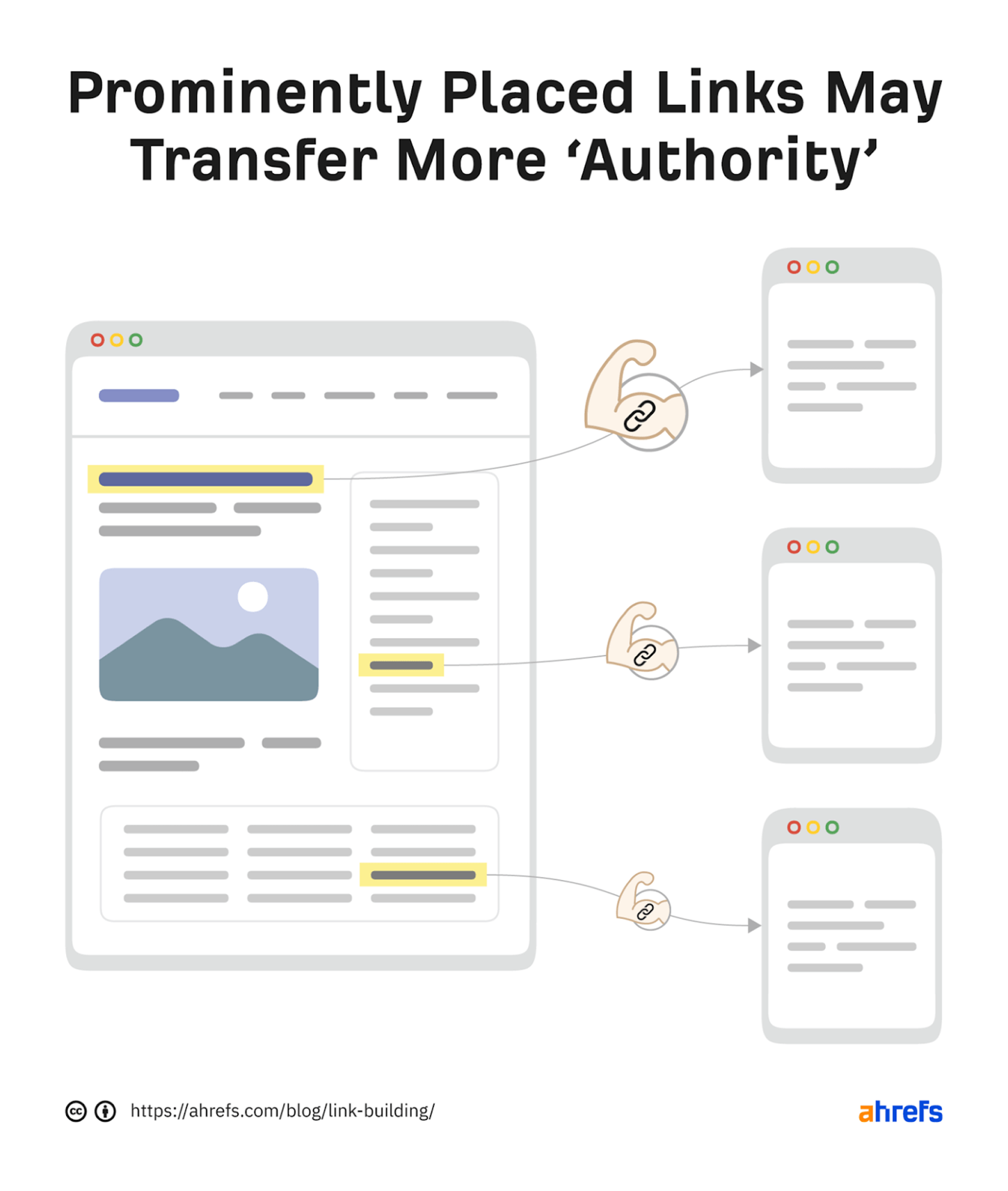
But let’s go beyond the basic “SEO trick” mindset.
Smart internal linking supports your content goals. Want a reader who’s exploring a design tutorial to eventually check out your case studies? Link them there naturally. Want to boost authority on a competitive keyword? Build a hub page and point related blog posts toward it. Internal linking is your quiet strategy for increasing session duration, reducing bounce rate, and nurturing leads.
We also employ this approach at TodayMade, connecting blog posts with case studies, service pages, and our pricing model.
Here are a few useful tips to get it right:
When done well, internal linking turns your blog into an interconnected content journey, not just a set of isolated posts.
A blog post with 10,000 views might look like a win, but traffic alone doesn’t tell the full story. To understand whether your content is truly working, you need to go beyond vanity metrics and focus on indicators that reflect engagement and impact.
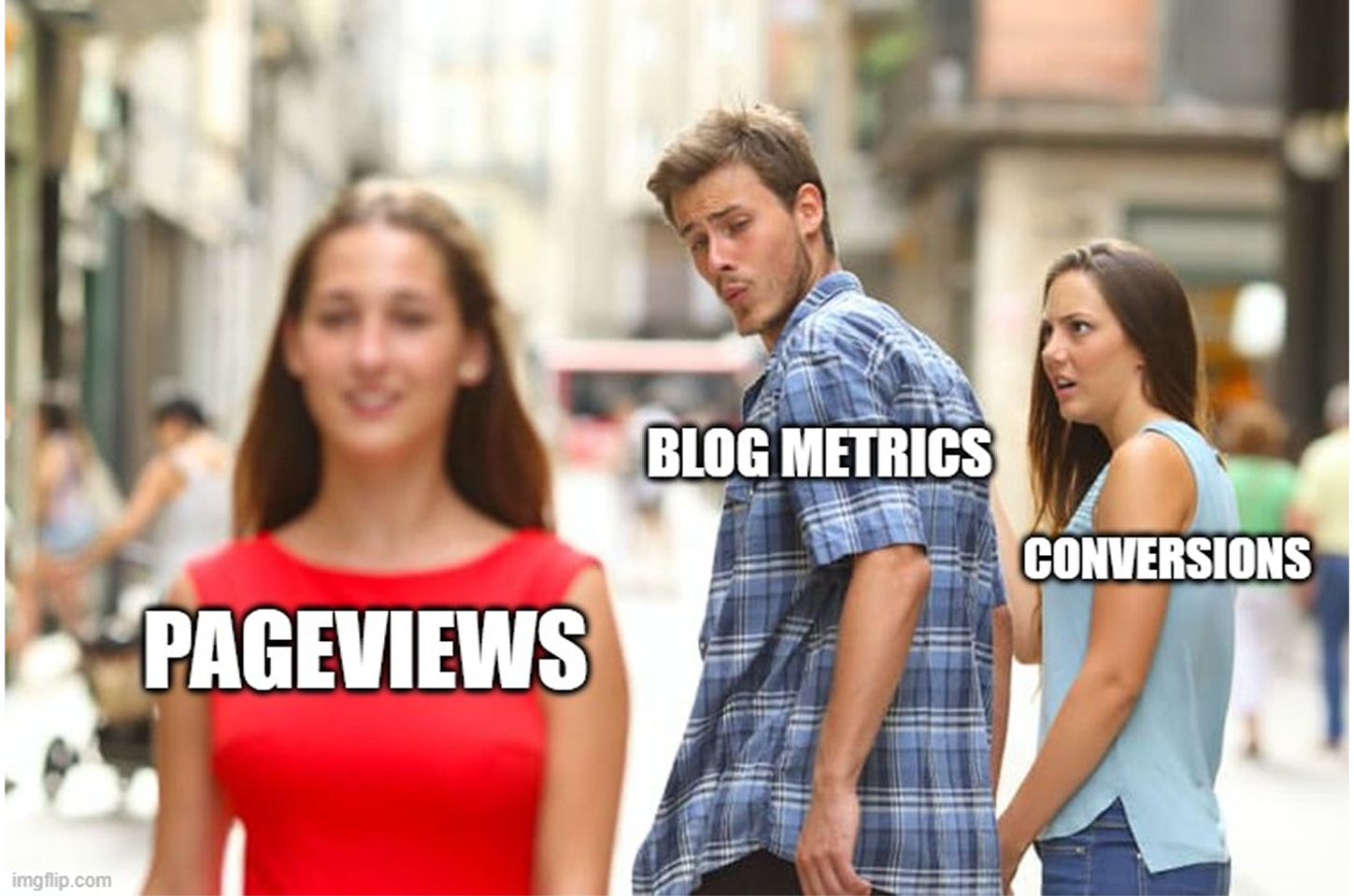
Start by tracking time on page and scroll depth. If readers only stay for 15 seconds or never make it past the halfway mark, your headline may be strong, but the content isn’t delivering.
Next, look at CTA click-through rates. Whether it’s a button to a pricing page, a free download, or a case study link, every blog should have a measurable next step. If readers aren’t taking action, it’s time to reassess either your offer or your placement.
You should also use event tracking to measure things like:
Over time, set up content grouping in your analytics tool to compare performance across blog categories. This can help you spot trends. For example, maybe your how-to articles drive more newsletter signups than your thought leadership pieces.
When you evaluate content this way, your strategy becomes less about “getting seen” and more about moving people toward decisions, which is what marketing is all about.
Bringing new voices into your blog can diversify your content and significantly expand your reach and authority. Collaborating with guest writers, influencers, professional bloggers, or industry experts helps you:
And the payoff is real. According to Influencer Marketing Hub’s 2025 Benchmark Report, more than 80% of marketers say collaborations with influencers improve content performance, especially when paired with co-promotion across platforms.

The key is choosing collaborators strategically. You don’t need someone with a million followers. A micro-influencer with 5–50K highly engaged followers can be even more effective.
Here’s how to get started:
You can also flip the model and write guest posts for industry blogs or newsletters. If their audience overlaps with yours, it’s an excellent way to build backlinks and drive qualified traffic.
No matter how good your content is, if it’s hard to read, it won’t be read.
In the age of short attention spans and endless scroll, blog design is just as important as the words themselves. That includes typography, spacing, layout, visuals, and even mobile responsiveness.
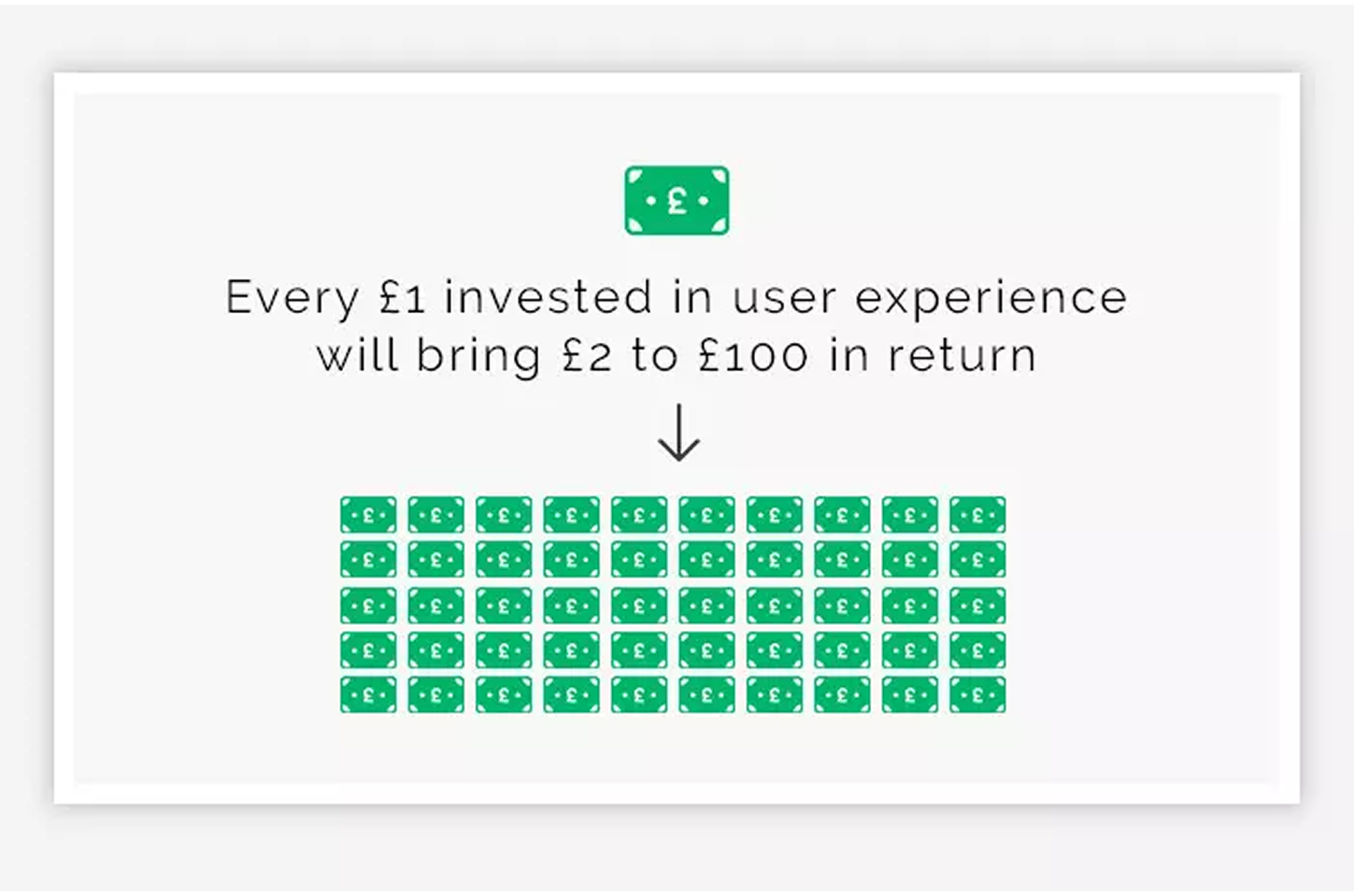
To make your content easier to digest, follow the next steps:
Great blog design doesn’t distract from the content — it enhances it. It guides the reader, reinforces your brand, and creates a better experience from headline to CTA.
Most blogs focus heavily on top-of-funnel content, like how-to guides, opinion pieces, or beginner tutorials. While these are great for traffic, they rarely convert on their own.
That’s where bottom-of-funnel (BoFu) content comes in.
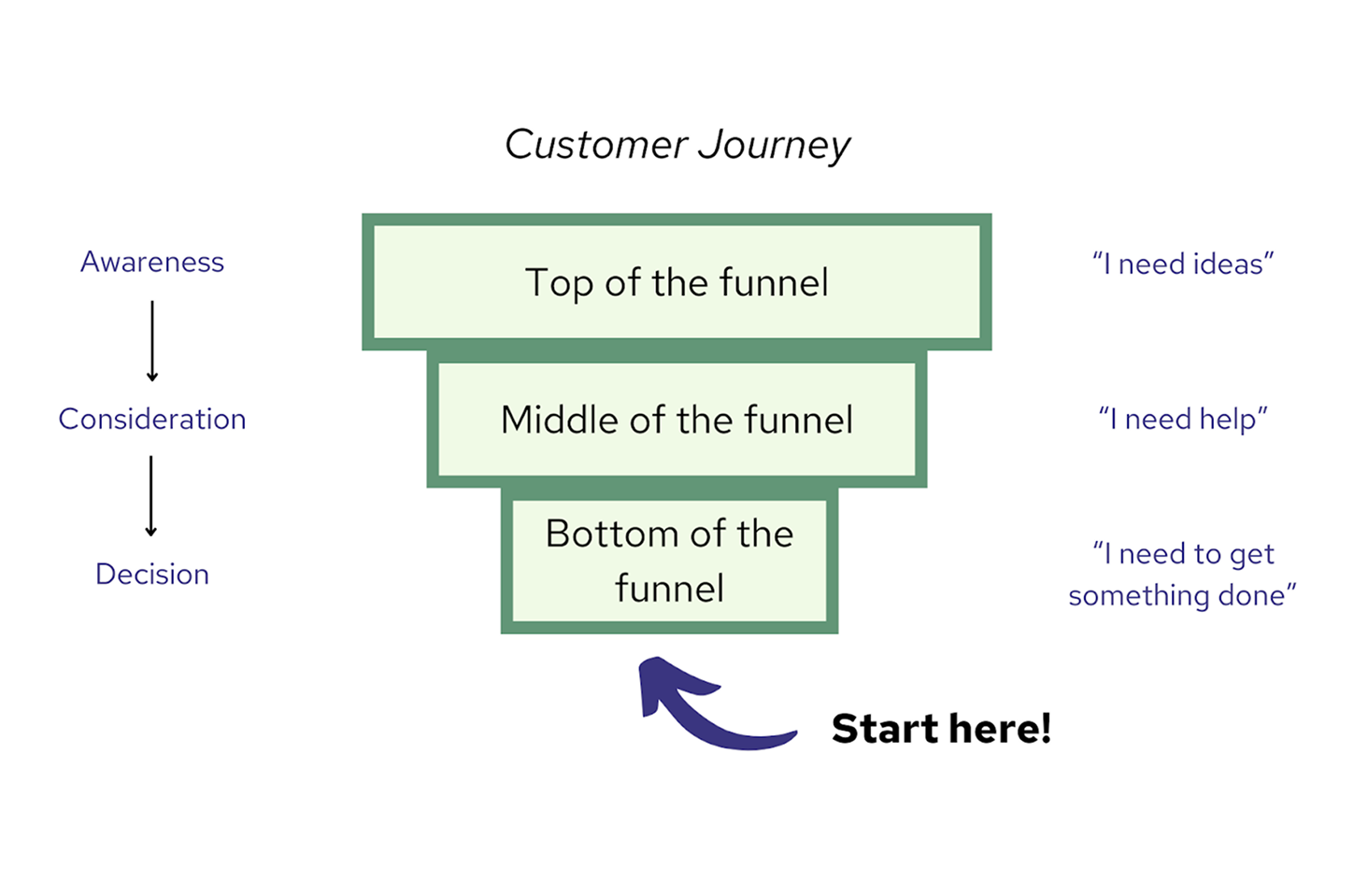
BoFu blog posts are written for people who are already considering a solution (possibly yours) and just need the final nudge. These readers are more qualified, more ready to buy, and more likely to convert if you give them the right content at the right time.
Examples of BoFu blog content include:
To make these posts even more effective:
Top-of-funnel blog content might bring readers in. Bottom-of-funnel content helps close the deal. Make sure your blog supports both.
Creating a great blog can be challenging. But with quality and engaging content, along with creative illustrations and appealing graphic design, you will turn your visitors into readers and then customers, while faq page best practices and a peer review process help strengthen trust and clarity.
We at TodayMade specialize in designing for marketing and can help your marketing teams get any designs done at a reasonable price, providing useful advice along the way . We work using a subscription-based model: just one membership and a team of creative marketing designers, from illustrators to animators, are at your disposal. And if you want to learn more about our services, contact us today to see how we can fuel your marketing campaigns.
Traditional long-form text is now often complemented by video content, interactive tools, social media threads, and AI-generated summaries. But blogs still play a critical role in SEO, lead nurturing, and content strategy. In fact, many brands now repurpose blog content across YouTube, LinkedIn, newsletters, and product pages to maximize its impact.
The 80/20 rule suggests you should spend 20% of your time creating blog content and 80% promoting it. Writing great content is important, but if no one sees it, it won’t deliver results. Promotion through social media, email campaigns, SEO, repurposing, and community sharing is key to getting the most value from each post.
Yes, it's absolutely possible. Many bloggers earn $1,000/month or more through a mix of affiliate marketing, sponsored posts, ad revenue, product sales, and lead generation. Success depends on finding the right niche, growing a loyal audience, and monetizing strategically through good content — not just relying on traffic alone.
Definitely. Blogging remains one of the most cost-effective ways to build authority, attract organic traffic, and nurture leads. When combined with smart design, SEO, and distribution strategies, blogs continue to deliver strong ROI — especially for SaaS and B2B businesses.
There’s no one-size-fits-all answer, but most high-performing blog posts in 2025 fall between 1,500 and 2,500 words. The key is to match the length to the topic’s depth and the reader’s intent. Make it long enough to be helpful, but short enough to stay engaging.


